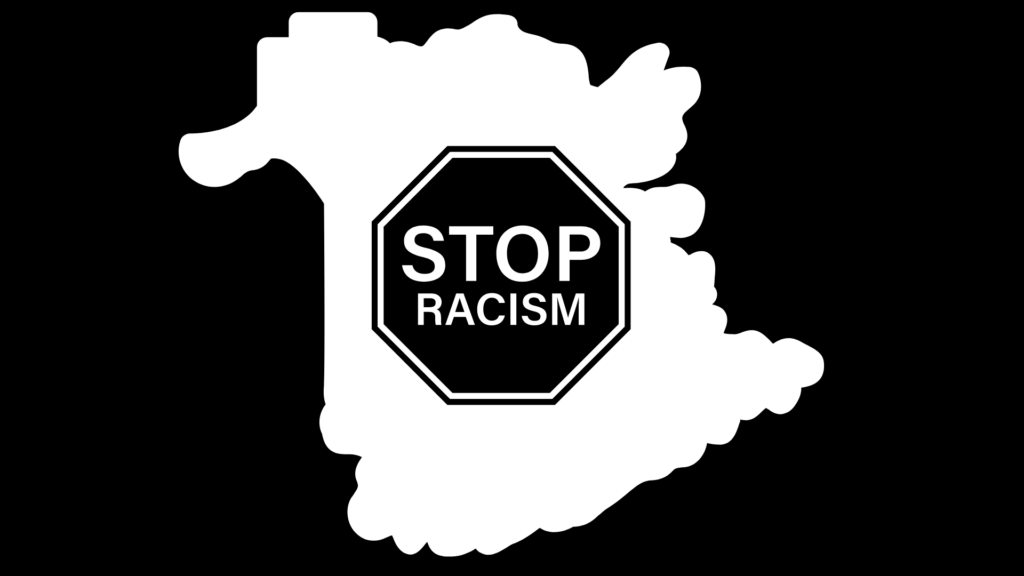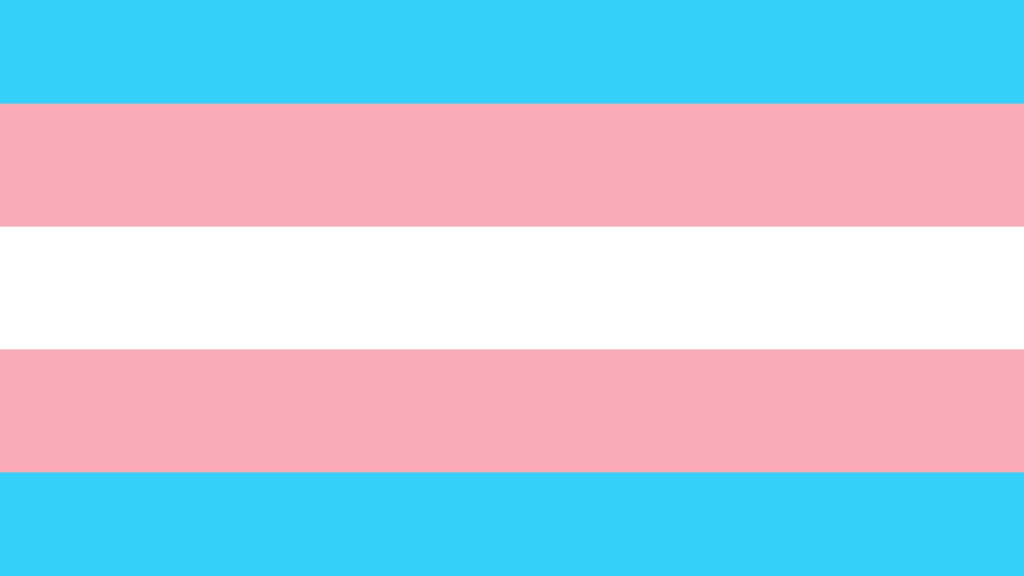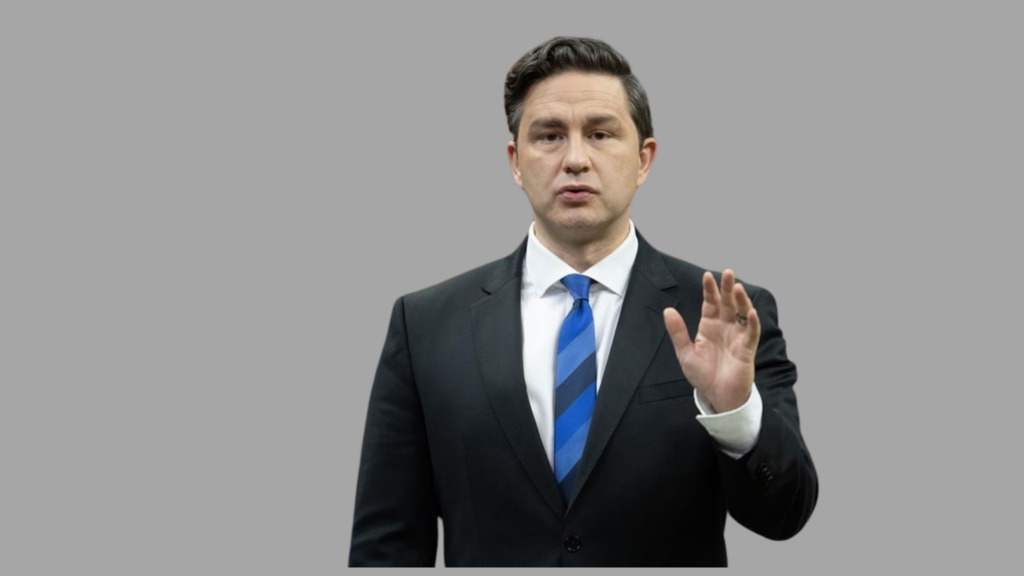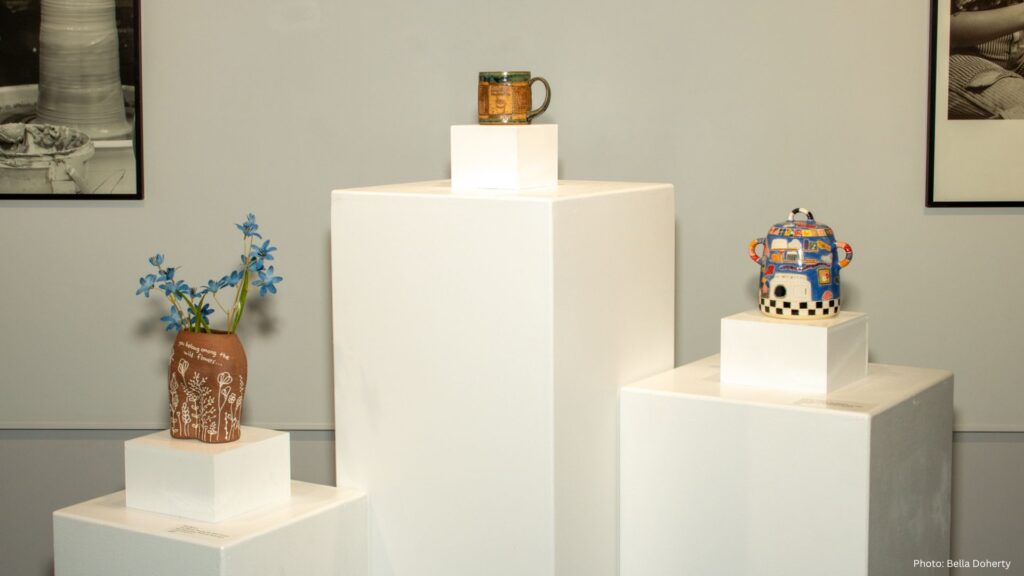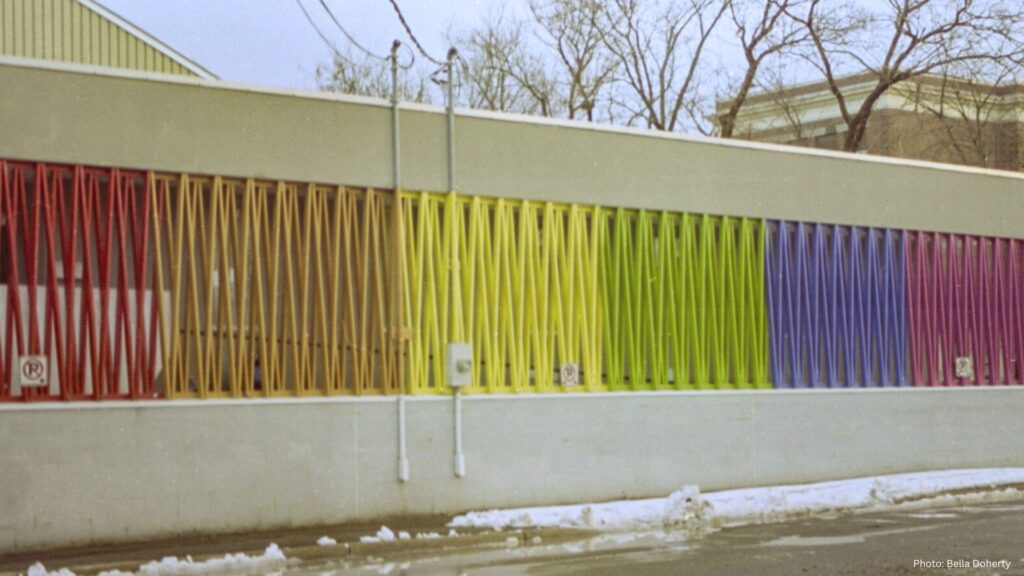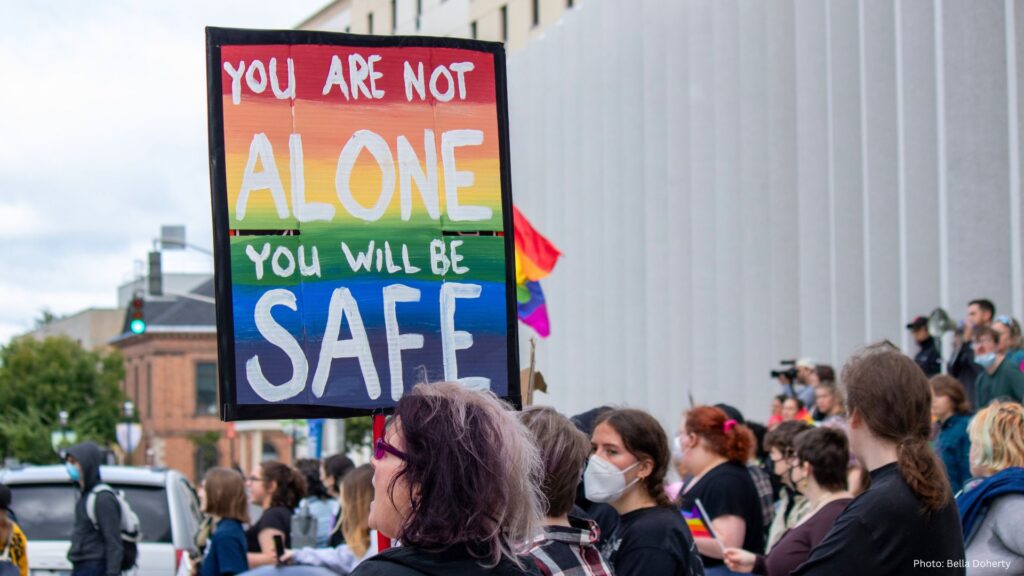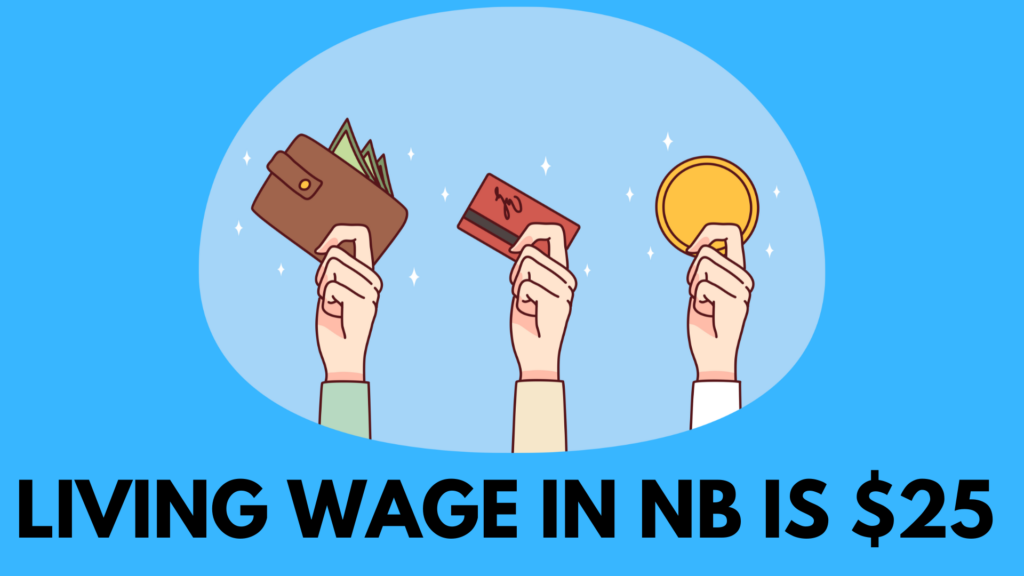In 2024, the subject of trangender people is more prevalent throughout society than ever. But that doesn’t mean that the subject is as new as many people think it is. Transgender people have always existed, whether in public or in private – they have always been there.
On February 13th, UNB’s 203 Centre held a screening of the Documentary Framing Agnes which is about transgender life in the 1950s. The screening was in the Harriet Irving Library.
Framing Agnes was the film debut of the now award winning director Chase Joynt. The documentary is based on the case files that were discovered from a 1950s gender clinic at UCLA. It tackles the difficult subject of honesty vs access as well as the trans experience from many different points of view.
The historical figures in this documentary allow us a glimpse into how difficult the trans experience was back in the 1950s, starting with the title character, Agnes.
Agnes was a trans woman in the 1950s whose case was famous for the struggle that she had to go through in order to live life as a trans woman. In the 1950s it was near impossible for transgender people to get the healthcare they needed, recognizing that fact Agnes took matters into her own hands and worked the medical system in order to get proper care. Agnes claimed that she was born with a penis but developed breasts, which in the medical world would classify her as intersex, allowing her access to the hormone treatment that she needed. Once Agnes gained access to hormone treatment and had surgical procedures done she revealed her truth. A truth about a trans woman’s fight to get what she needed in order to live the life she always wanted, no matter the cost.
Another tale that was told throughout the documentary was that of Barbara, a Black transgender woman who also lived through the 1950s. Though she had many of the same hardships as Agnes, her experience was wholly unique as she was a part of two marginalized groups.
Being Black and transgender in the 1950’s meant that Barbara not only had to deal with the uncomfortable existence of being a transgender person, but also the horror and hardships of“Jim Crow” era America. She speaks on the difficulties and dangers of existing in society and the inaccessibility of work. Being a Black transgender woman, she would make money going house to house cooking for families.
Barbara also spoke of the difficulties that gender stereotypes played in her existence, as men were seen as “muscular and masculine” and women were seen as “gentle and delicate.” These stereotypes were difficult to overcome and proved a roadblock for many trans people and their ability to “blend in.”
The film also interviews trans men Denny, Henry and Jimmy—three different trans men at three different points in their lives.
Jimmy, being the youngest and still in school, talks during the interview about how easy realizing he was not in the right body was for him. He also mentioned how surprisingly supportive his parents were for the time.
Denny, a middle age trans man, spoke about finding the right group of people to support you. He talks about how he found most comfort with fellow members of the LGBTQIA+ community. He specifically mentions his comfort amongst masculine lesbians as they would understand some of his troubles, in terms of discrimination and isolation.
Henry, an elderly trans man, spoke on the difficulty of isolation. He found that fear was a powerful emotion that led him to self isolate from society. He also talks about how during self isolation he found an interest in writing poetry, especially regarding his experience—as beautiful and painful as it was.
The documentary is extremely eye opening and goes to show that trans people have always existed and though things have gradually gotten better, we still have a long way to go. Be sure to catch Framing Agnes on streaming services, or find a screening near you!


